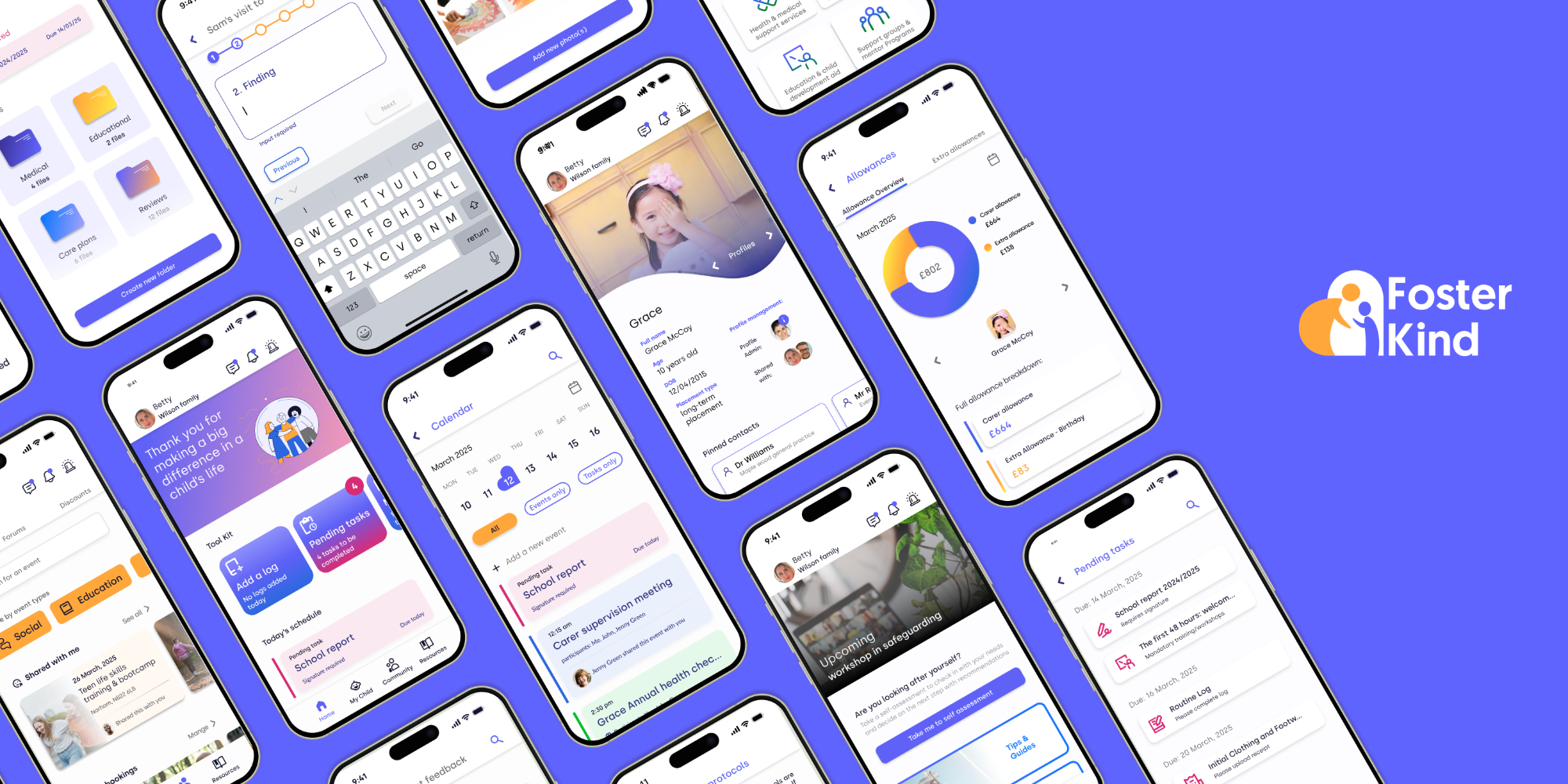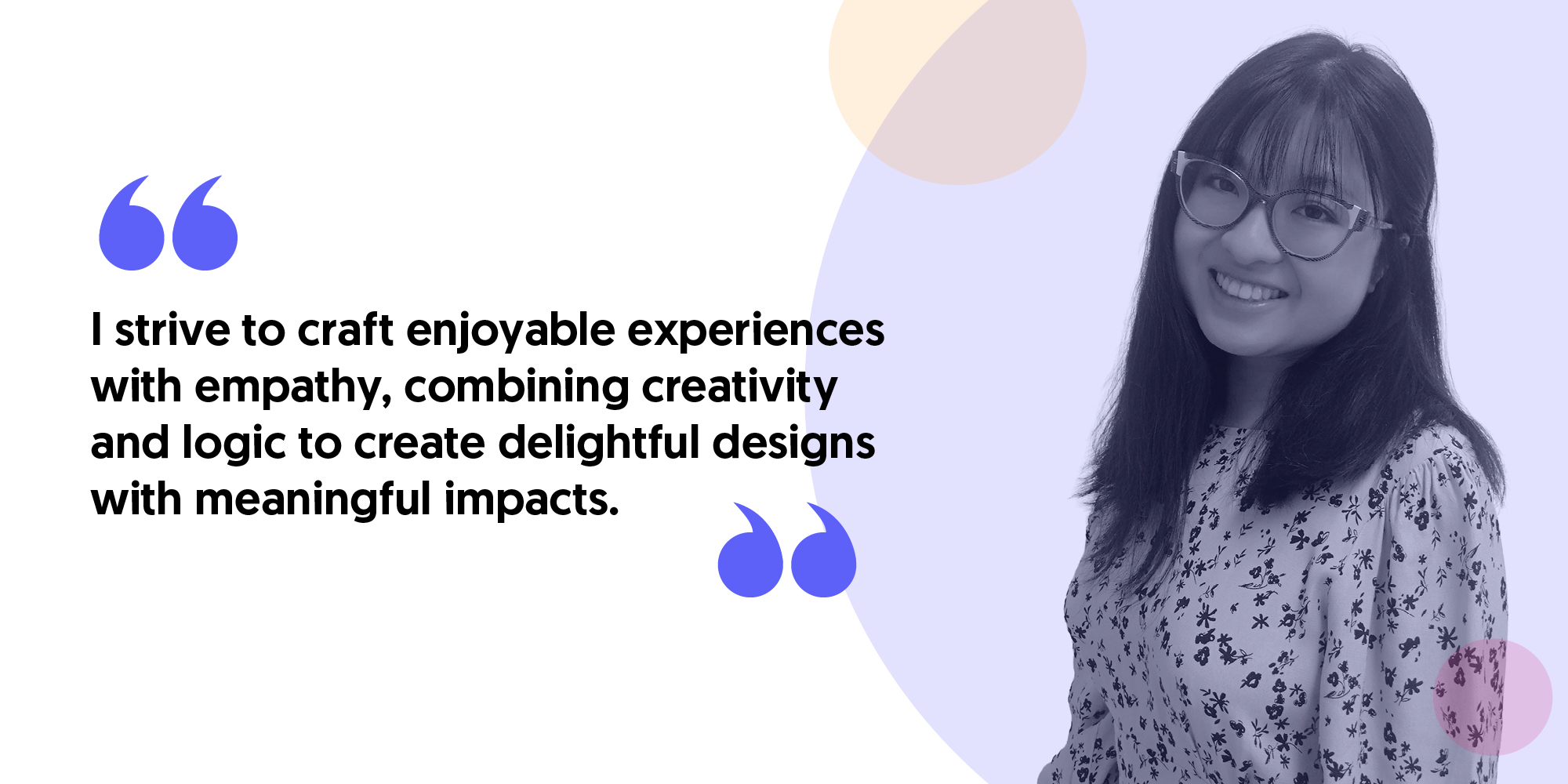

Hi there! I'm a designer who loves all things creative but is also equally passionate about the research and logical side of design. I find great fulfilment in understanding user needs and striking a balance between creativity and functionality. What truly excites me about UX design is the chance to create with empathy, knowing that the decisions I make can help enhance someone's experience with a product. The collaborative nature of UX with other disciplines also makes it a fascinating field to be in!
As a designer, I continually strive to refine my skills and tackle challenges to create designs that have a genuinely positive impact. When I'm not practising UX design, I enjoy painting, going to the cinema, and strolling in garden centres!
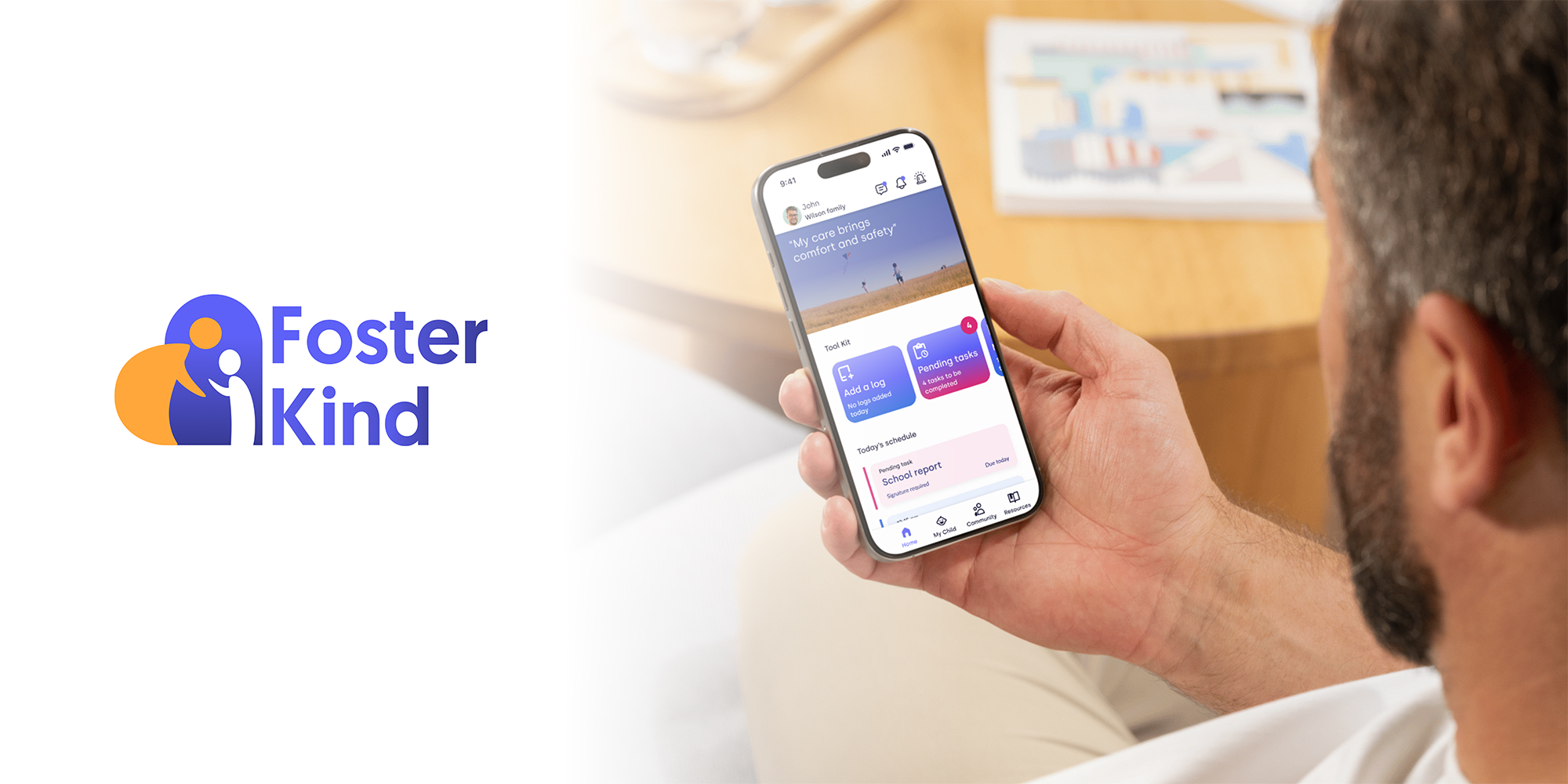
According to The Fostering Network, one of the UK's leading fostering charities, a child enters care in the UK every 20 minutes in need of a foster family. Foster carers play a vital role in offering these children and young people the stability, love, and care they need to thrive.
Yet, a concerning trend has emerged. The 2024 Independent Foster Carers Survey Report by FosterWiki found that over 75% of foster carers surveyed would not recommend fostering to others — despite the growing demand for foster carers.
FosterKind was created to tackle some of the challenges faced by foster carers. Designed with their needs in mind, the app offers a wide range of features to support different needs and everyday responsibilities. The mission is to ensure foster carers feel supported, informed, and confident in the life-changing work they do.
At the start of my project, I dedicated significant effort to research, collecting data from both primary and secondary sources. I analysed recent foster care reports and surveys (published within the last four years) from reputable sources, each involving over a thousand responses. Next, I conducted a thematic analysis to pinpoint key challenges faced by carers, including mental health strains and areas of inadequate support. This process helped generate ideas for potential features that could address these issues. Additionally, I conducted a competitive analysis to assess existing market offerings, their strengths, and opportunities for my product to differentiate itself.
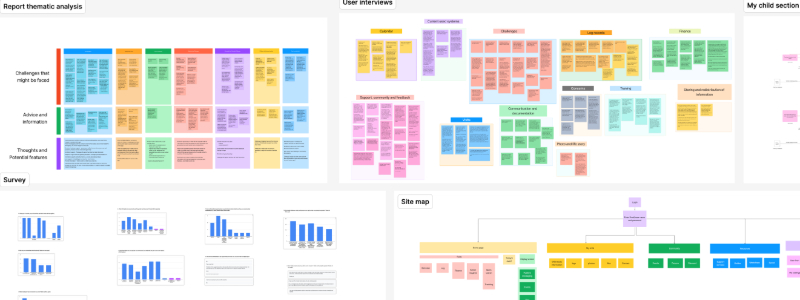
While conducting my secondary research, I also organised user interviews and developed a user survey. The interviews proved to be incredibly valuable, as they allowed me to engage directly with foster carers, social workers, and others in the field. By asking open-ended questions, I gained deeper insights into their experiences, challenges, and specific tasks related to fostering, which helped me refine the app's workflows. Additionally, the feedback I received on some proposed features was crucial in shaping my ideas. The survey responses provided further meaningful insights and confirmed some of my earlier research findings, thereby boosting my confidence in the project's direction.
With the research data I gathered, it became clear to me what the main problem areas were, what I envisioned the app to be, and which features were essential. I created and refined my app's site map, providing me with a high-level overview of the app's workflow.
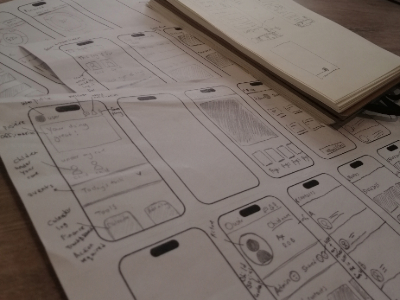
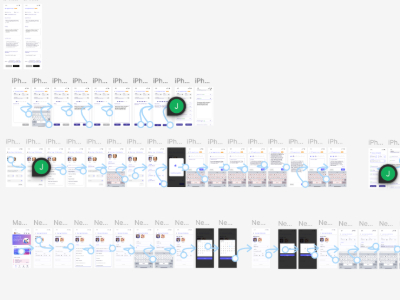
In the next stage of my final year project, I shifted my focus primarily to prototyping. This phase relied heavily on gathering and incorporating feedback to guide my development process. I received valuable feedback from teachers, classmates, and experienced designers outside the university. It evolved into an iterative cycle: gather feedback, update the prototypes, and present them again for additional insights. This iterative process enabled me to refine the app's workflow and visuals, bringing me closer to a polished and user-friendly final product.
As the project neared completion, I had foster carers and fellow designers conduct reviews and user testing on my work. I was delighted to receive positive feedback on the project overall, and this input allowed me to make some minor last-minute adjustments before submission.

As the project neared completion, I had foster carers and fellow designers conduct reviews and user testing on my work. I was delighted to receive positive feedback on the project overall, and this input allowed me to make some minor last-minute adjustments before submission.
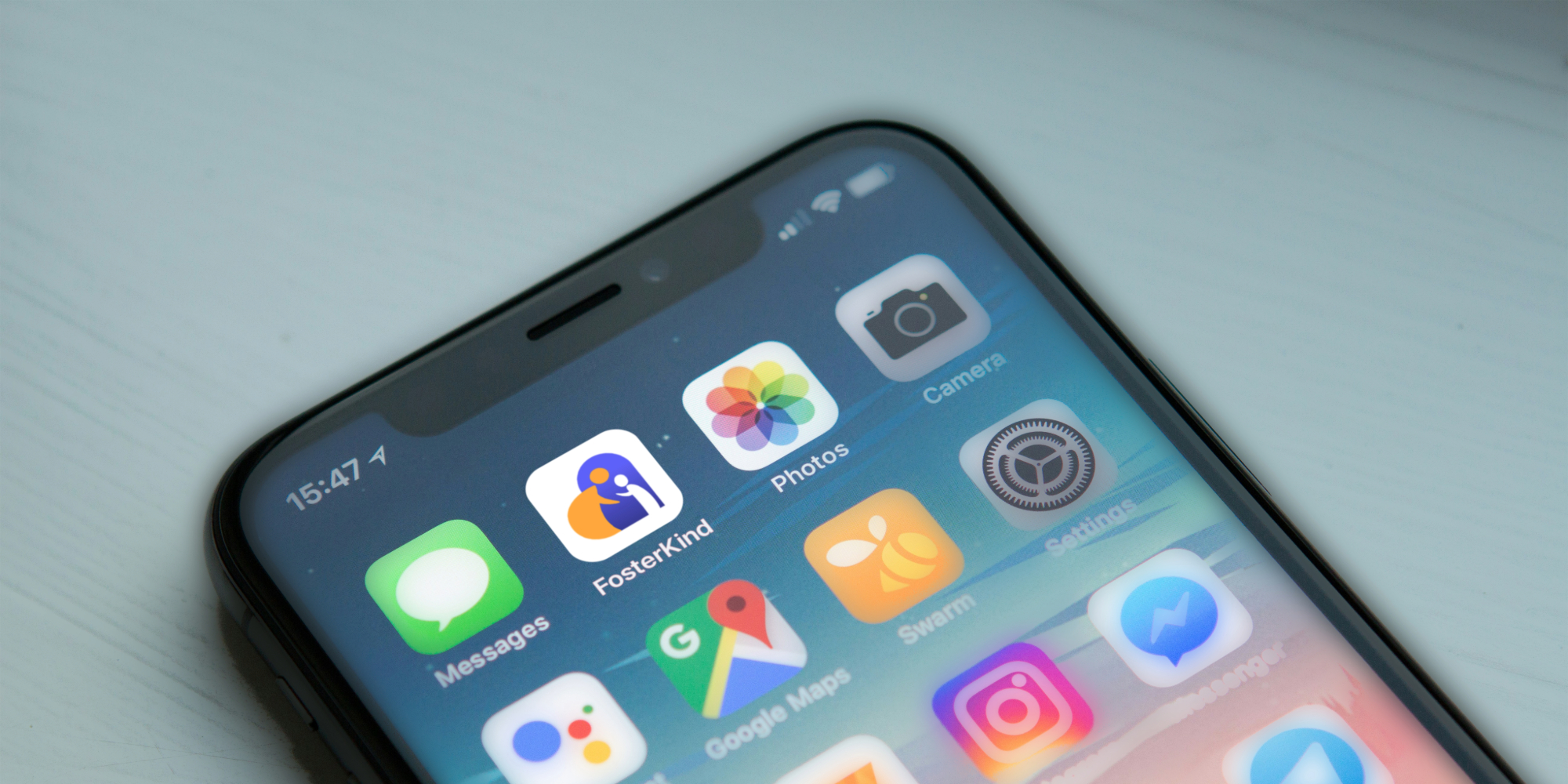
FosterKind offers a range of useful features organized into four main sections. On the home screen, users can easily and quickly access essential tools, including event logging, a list of pending tasks, shareable calendars, and allowance management, among others. In the "My Child" section, caregivers can easily store and access essential information about their children, including important files and contacts, directly from their mobile devices. Furthermore, the community section fosters a sense of peer support by allowing users to explore events and meetups and participate in community forums. Lastly, the resources section offers a wealth of tips, guides, workshops, and a well-being self-assessment to aid caregivers on their journey.
I am very happy with the outcome of my final year project. It has been a rewarding journey to understand the unique challenges faced by foster families and to create a solution to support them.
